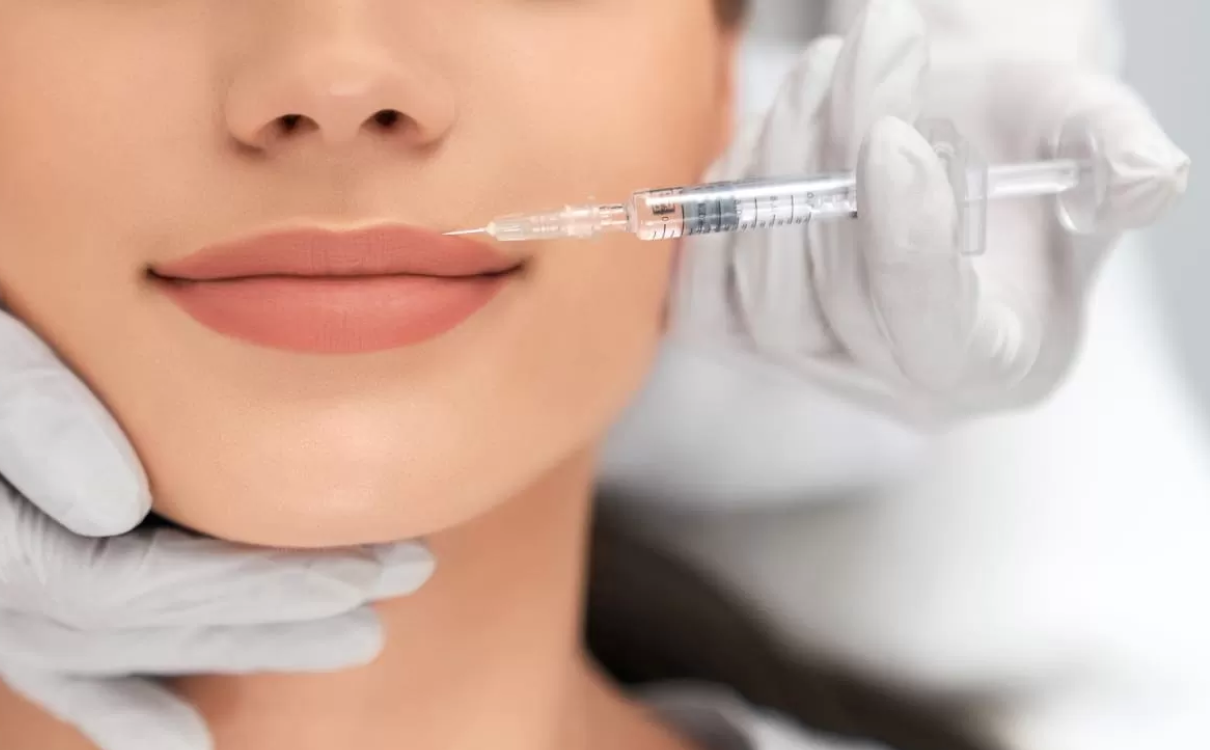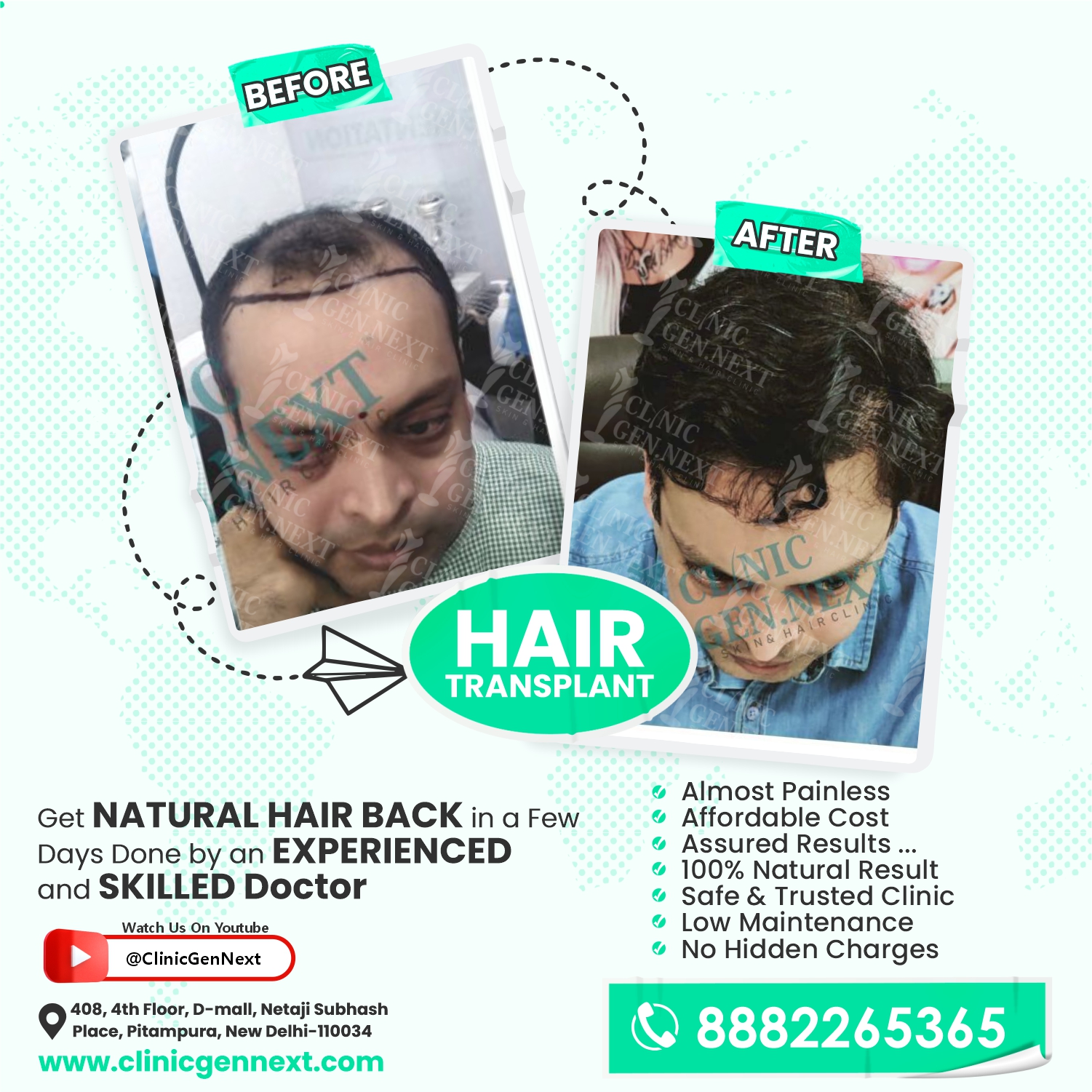
Fillers injections are a cosmetic treatment which involves small injections. They are used to add volume to the soft tissue in the face – in areas such as the cheek, mouth, lips, around the eye and the jawline – combatting signs of ageing by filling in wrinkles and addressing dark circles, as well as thinning lips. They use a gel which usually includes hyaluronic acid. Filler injections are a type of nonsurgical cosmetic procedure. Fillers plump up wrinkles, and smooth lines and restore volume to your face.

It is injected into the skin at varying depths to help fill facial wrinkles, provide facial volume, and enhance facial features: Restoring a smooth appearance. Most of these wrinkle fillers are temporary as they are eventually absorbed by the body. Some fillers may last 6 to 12 months, while other fillers may last 2 to 5 years.” The most commonly used filler injection contains hyaluronic acid, a natural compound that aids in the production of collagen and elastin.









































What are dermal fillers made of?
Dermal fillers can be made of various substances, but the most common type is hyaluronic acid (HA). Other fillers may contain substances like calcium hydroxylapatite, poly-L-lactic acid, or polymethylmethacrylate (PMMA) microspheres.
How long do dermal fillers last?
The duration of results depends on the type of filler used. HA fillers typically last from several months to a year, while other fillers may provide results that can last up to a couple of years.
Are dermal filler injections safe?
Dermal filler injections are generally considered safe when administered by a trained and qualified healthcare professional. However, as with any medical procedure, there are potential risks and side effects, such as infection, allergic reactions, or lumps/bumps at the injection site. It's important to discuss any concerns and medical history with your healthcare provider before undergoing treatment.
How long does it take to see the results of dermal fillers?
While some immediate effects can be noticeable, the full results of dermal fillers typically develop over a few days as any initial swelling subsides and the filler settles into place.